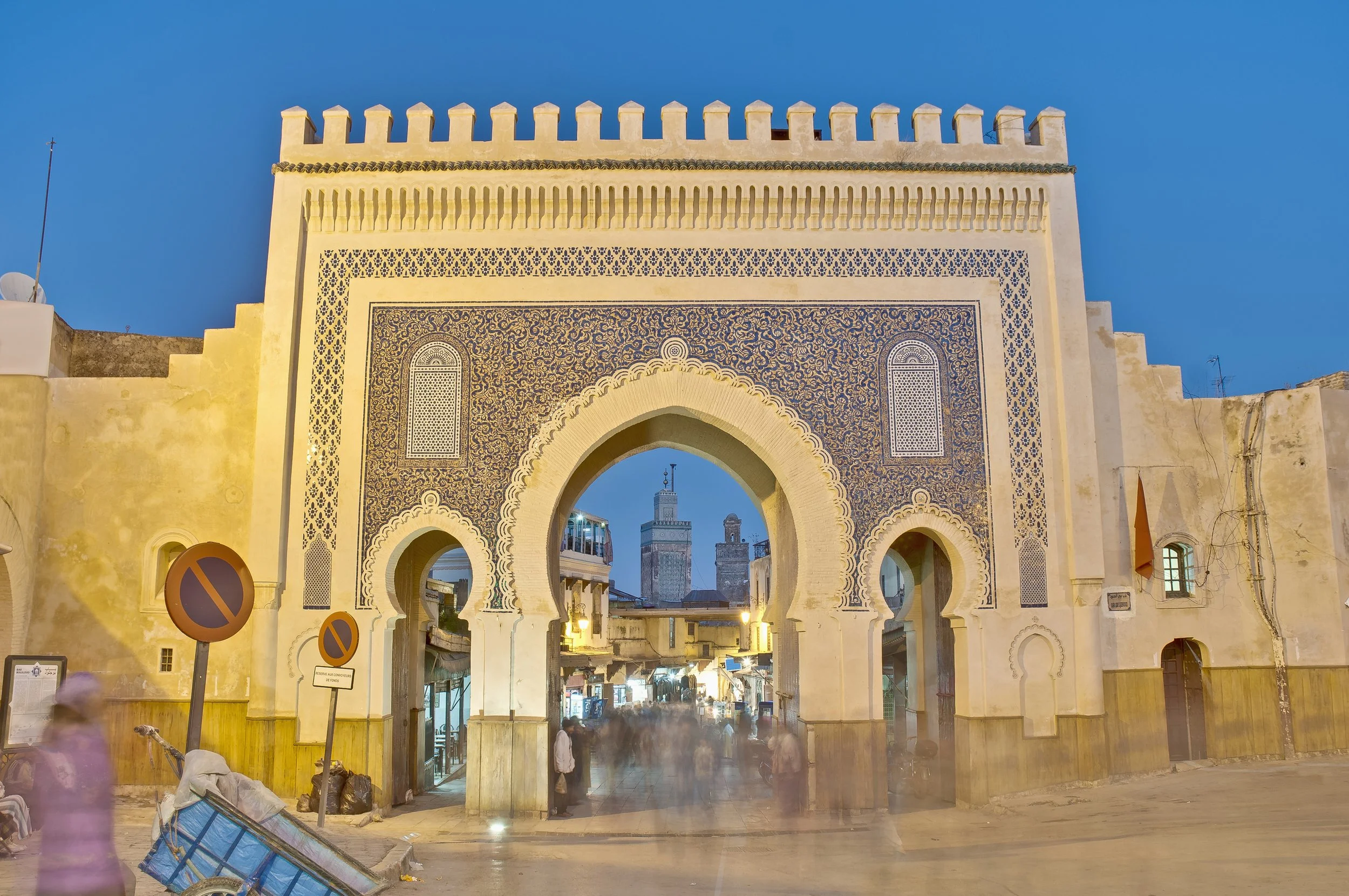This biography is excerpted from the introduction to IGI’s Al-Khasa’is al-Muhammadiyya, which includes a translation of Shaykh Muhammad Mahdī al-Fāsī’s Matali' al-Masarrat li Jala' Dala'il al-Khayrat.
His Birth and Family
Abū ʿĪsā Abū ʿAbdullāh Muhammad al-Mahdī ibn Aḥmad ibn ʿAlī ibn Yūsuf al-Fihrī al-Fāsī, known as Muhammad al-Mahdī al-Fāsī (Arabic: محمد المهدي الفاسي), was a famous jurist, muḥaddith, Sufi, biographer, and historian from Fez. He was born in Ksar al-Kebir on Saturday, the 29th of Rajab, in the year 1033 AH (17 May 1642 CE).
His ancestors were an Andalusian family that had immigrated from Malaga in the fifteenth century and settled in Fez. His family became one of the most prominent in both the scholarly and Sufi circles, as well as the merchant class in Fez. The family produced several notable scholars. His grandfather, Abū al-Maḥāsin Yūsuf al-Fāsī started the Fāsī Sufi network. And it was in this setting that the Shaykh grew up.
His Studies and Teachers
He began his studies with his father, Aḥmad ibn Yūsuf al-Fāsī (d. 1084 AH/1673 CE) and his paternal uncle Abū Muhammad ʿAbd al-Qādir ibn ʿAlī ibn Yūsuf al-Fāsī (d. 1091 AH/1680 CE). And he continued his studies, learning at the feet of many of the prominent scholars who were known for deep knowledge, such as:
Muhammad ibn Aḥmad al-Zamūrī (d. 1057 AH/1647 CE).
Hamdūn ibn Muhammad ibn Mūsā al-Abār al-Fāsī (d. 1071 AH/1660 CE).
And others.
Shaykh Muhammad al-Mahdi al-Fasi’s family was one of the most prominent in both the scholarly and Sufi circles, as well as the merchant class in Fez.
Al-Khaṣāṣī became Shaykh Muhammad al-Mahdī’s Shaykh in the spiritual path.
His Scholarship
Shaykh Muhammad al-Mahdī displayed signs of distinction from an early age. One of those signs was that while he was employed to record financial records of merchants, he would not register any records for anyone in whose wealth there were doubts (as to its lawfulness).
He mastered various disciplines, such as the science of the Arabic language, jurisprudence, tafsīr, ḥadīth, and history, as attested by a number of scholars. Muhammad ibn al-Ṭayyib al-Qādirī said about him in Nashr al-Mathānī,
“He was one of the senior notable scholars and well-known experts. He was a leader in the fields of verification and establishment of textual accuracy. And he was a renovator of the field of teaching the Islamic sciences and authorship in his time.”
Muhammad ibn Jaʿfar al-Kettānī said in Salwah al-Anfās,
“He is the Shaykh, the Imam, the Ḥāfiẓ of ḥadīth, the great proof, the orator, the contributing scholar, the ʿAllāmah, the researcher, and the Sufi of deep knowledge. His writings and and gatherings were beneficial.”
Muhammad Makhlūf called him in Shajarah al-Nūr al-Zakiyyah,
“The superior scholar, the famous and exemplary jurist, and the blessed and authoritative muḥaddith.”
The Shaykh’s ancestors were an Andalusian family that had immigrated from Malaga in the fifteenth century and settled in Fez.
His Students
He also taught the various sciences, and his gatherings were filled with blessing and benefit. Many seekers of knowledge sought out his gatherings to learn from him. Among his notable students were:
Al-Ṭayyib ibn Muhammad ibn ʿAbd al-Qādir al-Fāsī (d. 1113 AH/1701-1702 CE).
Muhammad ibn Qāsim, known as Ibn Zākūr (d. 1120 AH/1708-1709 CE).
Muhammad ibn ʿAbd al-Raḥmān ibn ʿAbd al-Qādir al-Fāsī (d. 1134 AH/1721-1722 CE).
His Works and Legacy
He was a prolific writer. Among his recognized works are:
Kifāyah al-Muḥtāj min Khabar Ṣāhib al-Tāj wa al-Miʿrāj.
Simṭ al-Jawhar al-Fākhir fī Sīrah Sayyid al-Awwal wa al-Ākhir.
Maʿūnah al-Nāsik bi al-Ḍarūrī min al-Manāsik.
Al-Durrah al-Gharrā’ fī Waqf al-Qurrā’.
Shaykh Muhammad Mahdi al-Fasi’s Matali' al-Masarrat li Jala' Dala'il al-Khayrat is one of the works included in IGI’s Al-Khasa’is al-Muhammadiyya
The Shaykh had a particular interest in taṣawwuf and, in particular the Shādhilī branches of the Maghrib. He was especially interested in the branches of Shaykh Aḥmad Zarrūq and Shaykh Muhammad al-Jazūlī. On these subjects, he wrote the following works:
Three commentaries on the Dala’il al-Khayrat, from one of which, Maṭāliʿ al-Masarrāt li Jalā’ Dalā’il al-Khayrāt, part of this present work is taken.
Mumtiʿ al-Asmā’ fī Dhikr al-Jazūlī wa al-Tibāʿ wa mā lahumā min al-Atbāʿ.
Al-Ilmāʿ bi Baʿḍ Man lam Yudhkar fī Mumtiʿ al-Asmāʿ.
He also wrote the following biographies on his grandfather Abū al-Maḥāsin Yūsuf al-Fāsī:
Al-Jawāhir al-Ṣafiyyah min al-Maḥāsin al-Yūsufiyyah.
Rawḍah al-Maḥāsin al-Zahiyyah bi Māthir al-Ṣayḥ Abī al-Maḥāsin al-Bahiyyah.
He also wrote a book on the traditions of the people of Fez: al-ʿArf al-Āsī fī al-ʿUrf al-Fāsī.
However, it is likely that his commentary on the Dalā’il al-Khayrāt, the aforementioned Maṭāliʿ al-Masarrāt, is his most famous work. The reason for its fame is likely the Ottoman interest in verifying and correcting extant manuscripts that existed in the Eastern Islamic world. In the introduction to his commentary, al-Fāsī informs his reader that he wanted to explain the structure of the work and to elucidate its meaning. He further adds that the commentary is an abbreviated version of a longer compilation in which he collected all the relevant traditions, scriptural passages, and useful sayings that illuminated al-Jazūlī’s Dalā’il al-Khayrāt. Like other Islamic commentators, in addition to clarifying what he considered the literal meaning of the text, al-Fāsī embedded Dalā’il al-Khayrāt in a broader Islamic scholarly corpus by elaborating on the lexical, grammatical, exegetical, and theological issues he identified in the passages of the Dalā’il.
His Death
Shaykh Muhammad al-Mahdī al-Fāsī passed away on Saturday, the 9th of Sha’ban in the year 1109 AH (20th of February, 1698). He was buried after the ʿAṣr prayer in the mausoleum of his great grandfather Abū al-Maḥāsin Yūsuf al-Fāsī.
IGI Patreon members get early access to translations, original works, and excerpts like this one.
Shaykh Muhammad Mahdi al-Fasi’s Matali' al-Masarrat li Jala' Dala'il al-Khayrat is one of the works included in IGI’s Al-Khasa’is al-Muhammadiyya





